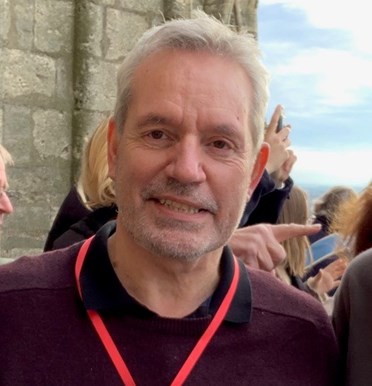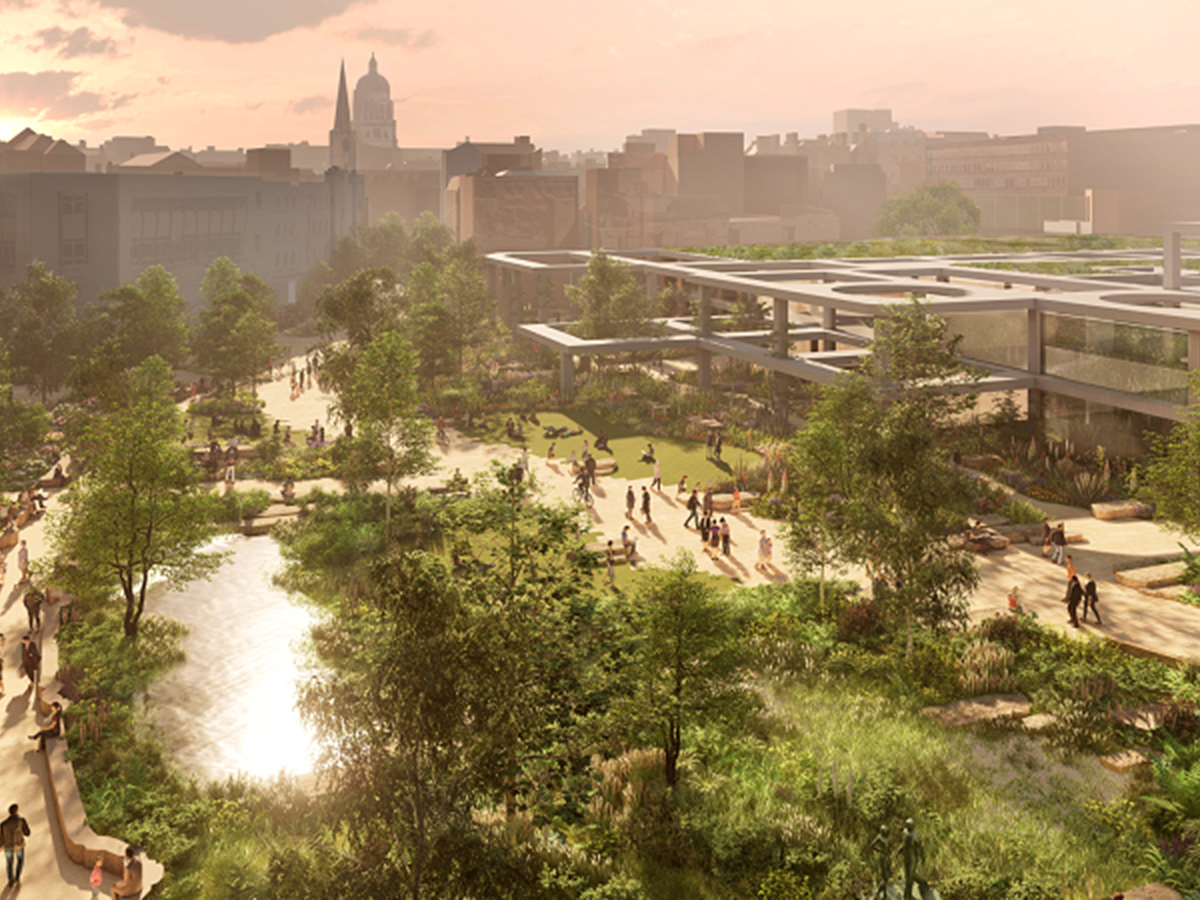 Steve Kemp is a member of RTPI East Midland’s Regional Management Board and Executive Director of Open Plan.
Steve Kemp is a member of RTPI East Midland’s Regional Management Board and Executive Director of Open Plan.
Try googling “high street” and “death” and you’ll be treated to an interesting range of recent - sometimes bizarre - headlines about the present and future of our town and city centres.
“Virtue-signalling banks and councils are conspiring in the death of the high street”
The Telegraph 12/08/2023
“Not dead yet: Why the UK high street needs a reinvention to stay relevant”
Retail Gazette 5/9/2023
“John Lewis: Death of the high street predictions are ‘overstated’”
Retail Gazette 2/10/2023
The aim of our September webinar was to consider – at least, to start considering - just what shape our city (and town) centres will need to be in by 2050. The ‘keynote’ presentation was given by two members of the research team who earlier this year published a paper that has taken a similarly provocative approach to its title “Not quite the ‘death of the high street’ in UK city centres…”. In this case there is much substance behind the headline: a study of vacancy rates and shifts in property use, richness and diversity in British city centres, based on almost 20 years’ data and focusing on five centres in particular - Edinburgh, Glasgow, Hull, Liverpool and Nottingham. Cath Jackson and James White, set the webinar going by outlining key findings of their team’s four-year (2018-2022) research project, ‘REPAIR’ (Real Estate, Place Adaptation and Innovation within an integrated Retailing System). The project was also recently highlighted in the RTPI's Planning Research Matters series.
Their study suggests that centres tend to go through an ‘adaptive cycle’ with four phases: Growth > Consolidation > Release > Reorientation. Many - perhaps most - UK centres are currently somewhere in the “Release” and “Reorientation” phases, which are both disruptive and potentially creative. Physical space is available for new users and innovation; recalibration in rental levels can allow new businesses into city centres, like local independent health and beauty businesses, ‘budget’ retailers, food/drink and financial/professional services, replacing some retailing. But, change takes time and at present many centres are experiencing a lag in the arrival of innovative entertainment, leisure, recreation uses, and a contraction in services that are needed to support a growing residential sector. Potential opportunities and solutions include:
- mixed-use buildings and places, where the focus is shifted from a retail monoculture towards a more symbiotic range of uses;
- services needed by residents and also generating wider footfall; and
- that much talked about move towards the ‘experience economy’.
Having considered some of the findings of the wider REPAIR project, the webinar next focused on the ‘lived experience” of two East Midlands cities’ centres: Nottingham, one of the five centres studied in the research; and Lincoln.
Nottingham’s Director of Planning & Transport, Paul Seddon, confirmed that the city centre’s recent and on-going experience of change is broadly consistent with the “Release” and “Reorientation” scenarios. Many shops - some very large and prominent - currently sit vacant; the balance of retail and other uses is shifting; and the shape and fabric of the city centre is changing more dramatically than has been experienced for decades. The most obviously significant change is in the area until recently occupied by the Broadmarsh shopping centre, described by Paul as a place that was “loved for a few years and then hated for fifty”. Now it’s gone; cleared for an adventurous scheme that will replace it with a mixed-use development focusing on an extensive, open public park. In the process, Nottingham’s centre will progress to being a more social place, still offering shops, but as part of a much wider range of synergistic uses, activities and experiences.

A vision for the Broad Marsh (Townshend Landscape Architects)
Lincoln has changed so many times over the past 2,000 years that it is, perhaps, ironic that it’s generally regarded as an “historic” place that must be conserved as it is. Acknowledging this state of perpetual evolution, John Latham, Chair of Lincoln Business Improvement Group, referred to three significant events in the 1990s and early 2000s that have played big parts in building the city centre’s capacity to change positively: formation of the Business Improvement Group to focus on those aspects of the centre’s life; development of the University of Lincoln on a city-centre campus; and adoption of a City Centre Masterplan to guide, but not unduly constrain, change. The still-unfolding Cornhill Quarter development, comprising both sensitive conversions and quite bold redevelopments has boosted the city centre’s retail and leisure offer – even through the challenges of covid, online shopping and socio-technological change. And, next? More housing, and conversion or redevelopment of now superfluous retail space to provide services for a growing population of city centre residents feature quite prominently in John’s expectations for the future.
We all know that changes in retailing, digitisation of just-about-everything, and changing patterns of working and living are already disrupting long-standing assumptions. Add those to the climate emergency, the drive to net-zero, and the ecological crisis, and the challenges can look quite overwhelming. This webinar provided a chance to step back for an hour to consider both the changes that are already being experienced and opportunities arising from the convergence of these big changes and to start imagining how our city (and town) centres can be reshaped to be resilient, supportive and adaptable places. The conversation needs to continue so that we can work and learn together to create places at the hearts of our cities that can more fully support the social, physical and economic well-being of all the people whose lives connect in them – now and in the future.


